Hands On With the Samsung Galaxy Note 5 and Samsung Galaxy S6 edge+
by Joshua Ho on August 13, 2015 11:00 AM EST- Posted in
- Smartphones
- Samsung
- Galaxy
- Mobile
- Galaxy Note 5
Software
Continuing along the software train of thought, TouchWiz on the edge variant sees new edge features, namely the ability to adjust the position of the edge drawer swipe, the ability to use the edge drawer in applications, and the addition of an app drawer to the edge drawer. I’m not really sure if these features are enough to move the edge display from a mostly cosmetic change to a functional one, but the edge app drawer presents at least the possibility of additional functionality.
On both devices, I also noticed that the iconography has changed from the Galaxy S6. The change isn’t really radical here, but it is enough to be noticeable in comparison to previous iterations. The software remains relatively similar to the Galaxy S6 in UI performance, which probably isn’t a surprise given the shared SoC, display resolution, and UI/frameworks.
SideSync has also been updated significantly for the Note 5 and the edge variant, with the ability to automatically reconnect on a shared network instead of manually connecting to the phone with the SideSync client after every disconnect, drag and drop wireless file transfer, and phone call/text messaging over the SideSync client. As far as I can tell, these could be worthwhile features but without testing it’s hard to say if it will make a big difference in user experience.
Another interesting software feature that Samsung demonstrated for audio was UHQA, or Ultra High Quality Audio. I normally don't bother to talk about these features because it's pretty easy for them to end up as gimmicks, but this feature is effectively designed to try and reduce the effects of lossy compression when high frequencies have been cut off. As seen in the photo above, when UHQA was off the sample music topped out at around 8-10 KHz, while with UHQA on we see harmonics extending up to 20 KHz. Subjectively, it did seem that this interpolated version was much closer to a lossless music file, but my ears aren't particularly astute in that regard.
Both devices will also support live YouTube broadcasting as a camera mode, which seems potentially useful, especially with 1080p60 broadcasting quality but for some reason the units that I saw were limited to 240p, which may be due to the nonfinal state of the software.
Samsung Pay
With the Galaxy S6, I mentioned that there were magnetic secure transmission (MST) capabilities which would allow for the phone to allow for contactless payment even on legacy payment terminals that only allow magstripe cards, but I didn’t feel that it was worth mentioning as a real reason to get the phone as Samsung Pay was announced with the Galaxy S6 but without any demonstration or support soon after launch. With the Galaxy Note 5 and the edge variant, this changes. Samsung is hoping to begin user trials of Samsung Pay with NFC and MST contactless payment in the US this month, with a US launch in September. According to Samsung, feedback from user trials in South Korea was overwhelmingly positive, with only a small number of legacy terminals that needed software updates to support MST transactions.
From the demo that I saw, Samsung Pay is actually quite promising as it didn’t seem particularly sensitive to orientation as long as the back of the phone was reasonably close to the magstripe reader on the terminal. Activation is relatively simple, and is accomplished by simply swiping on the display when the screen is off and tapping the card you want to use, then authenticating with Pin or fingerprint. This isn’t as fast or simple as some competing solutions, but given the constraints of MST it makes sense. It’s worth noting though that in October magstripe cards will see a liability shift that is likely to drive NFC/EMV adoption much more strongly in the US, although Samsung predicts that the shift will still take a year or two in which MST will still have significant utility. It’s also worth noting that any device with a tripped Knox flag will be unable to use Samsung Pay.
Accessories
A number of accessories were also on display which were at least somewhat interesting. In addition to fast wired charging, Samsung seems to have developed a fast wireless charger, although it isn’t clear what the power output is compared to the previous standard wireless charger.
There were also external batteries with fast charging at what appears to be 9V and 1.67A, so this is probably supports QC 2.0.
There were various cases on display, but the only one worth really focusing on as far as I can tell is the keyboard case for the edge variant, which effectively makes it possible to turn the phone into a sort of throwback to Palm Treos, as the color and general design of the case really does give it a retro feel. Outside of design, typing with it was a fun experience but I didn’t really feel any faster than I did with an on-screen keyboard. I suspect that this will have a significant niche audience for those that are still clinging to phones like the Droid 4, but mainstream appeal would be relatively limited for this kind of accessory.
Wrapping things up, the Galaxy Note 5 and Galaxy S6 edge+ will be available in the US on AT&T, Verizon, Sprint, T-Mobile, and US Cellular. The Note 5 will be available in Black Sapphire and White Pearl, and the Galaxy S6 edge+ will be available in Black Sapphire and Gold Platinum.
Consumers will also be able to start trying out the Galaxy Note 5 and S6 edge+ on August 14th in various carrier outlets and electronics retailers, with preorders starting today at 3PM EST, with availability starting on August 21st. On Sprint, the Galaxy Note 5 will start at 249.99 USD on contract, and the Galaxy S6 edge+ will start at 349.99 USD on contract. On T-Mobile, the Note 5 will start at 25 USD/month through September 30, and the Galaxy S6 edge+ will start at 28.5 USD/month.


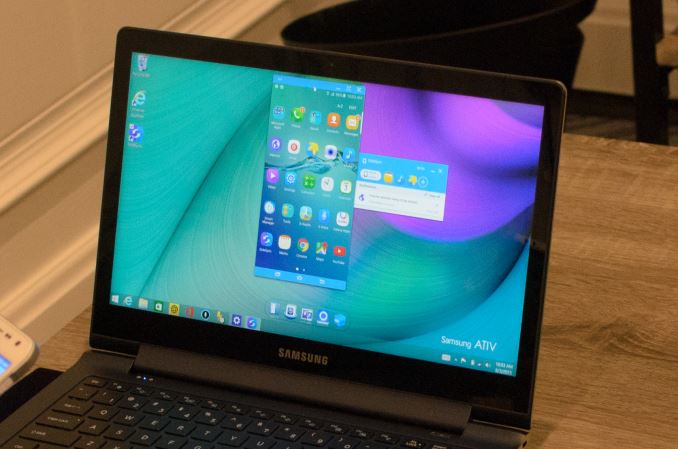
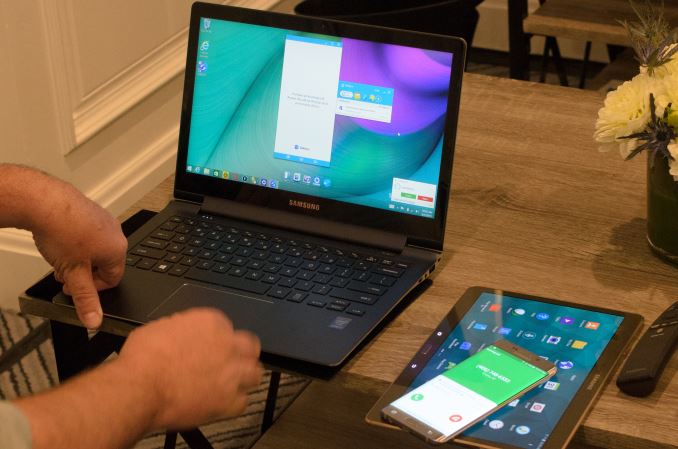
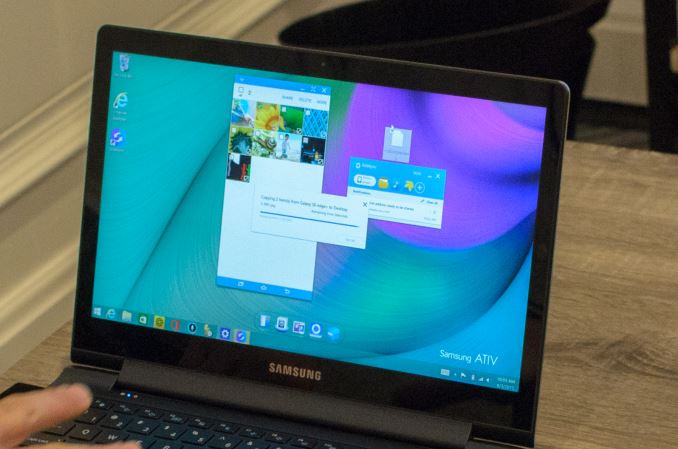
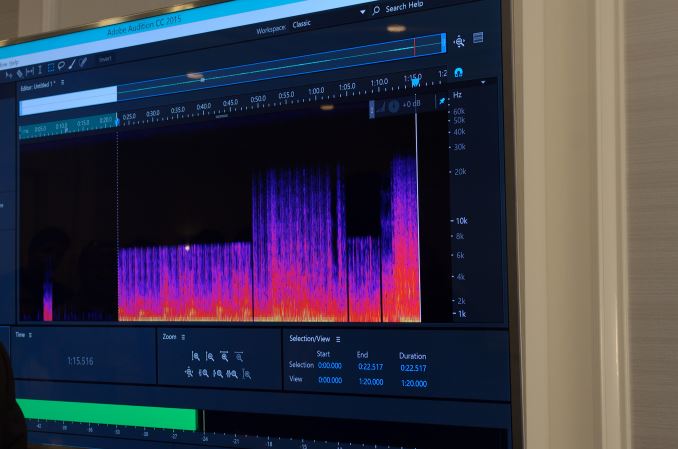



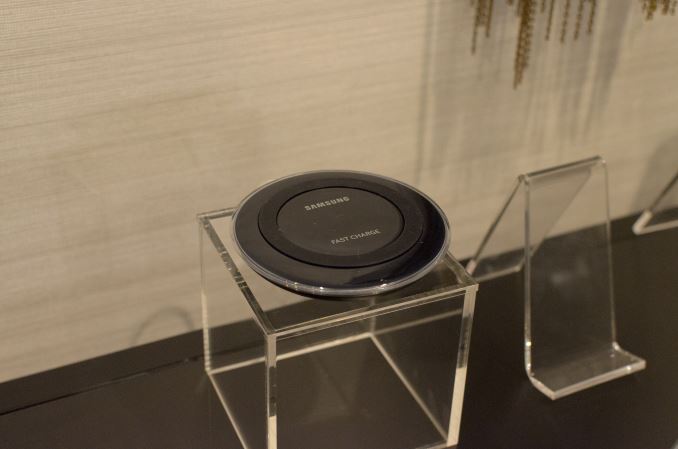
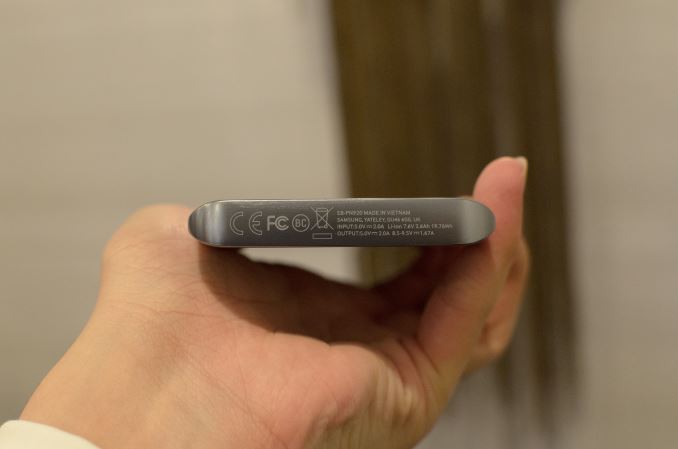
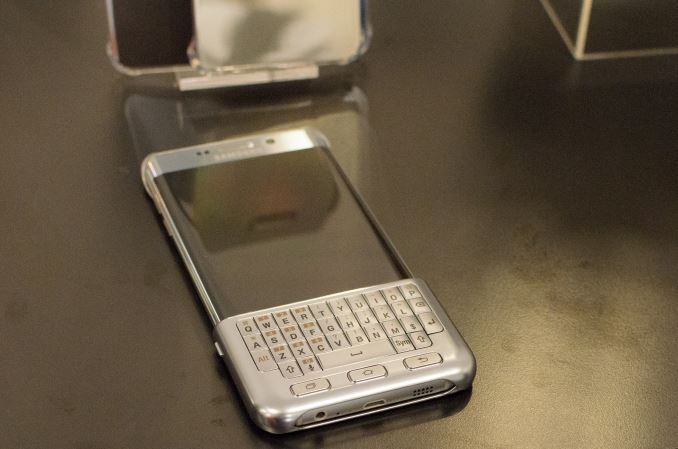









218 Comments
View All Comments
kmmatney - Thursday, August 13, 2015 - link
It's the screen that uses the battery - the transistor size on the cpu doesn't matter all that much. Screens are more power efficient nowadays, but a bigger battery will always help out.Eidigean - Thursday, August 13, 2015 - link
Speaking as a developer, you don't know what you're talking about. I can kill a battery in under an hour if I push the processors too much; however, I can browse the web with the same screen being backlit for several hours on the same battery.lilmoe - Thursday, August 13, 2015 - link
Very true. People are really underestimating the power draw of these newer SoCs.Flagship processors and GPUs, for the past couple of years, are much more power hungry IF they're unnecessarily and constantly pushed to the limits. However, they're also more power efficient if used optimally. The Note 2 had legendary battery life (7-8 hours SoT) because its 32nm SoC was great for the screen resolution (720p) and overall workload. The last flagship from Samsung to have an optimal configuration was the GS5.
Also, Android has been getting less battery friendly as of late. Apps are getting more "visually appealing", with lots of animations and features that use more resources, and I'm afraid Android isn't yet as efficient as it should be with hardware acceleration...
WAR1944 - Thursday, August 13, 2015 - link
As an owner of the Note 4, there are so many reasons that I won't be buying the Note 5. This is not an upgrade worth paying $900 for.ddriver - Thursday, August 13, 2015 - link
I'll be sticking to my Note 3 for the time being as well. No SD card slot and no removable batter == no purchase for me. Removable battery also means easily replaceable battery, battery giving out is the N1 reason why people throw away "old" and buy new phones. I still make 7-8 days of "phone usage" out of my original battery, which I cycle with the 2 extra I bought, so as long as I don't drop and break it, it will be useful for another 3-4 years easily.mkozakewich - Thursday, August 13, 2015 - link
It's really rare that there's a reason to upgrade after only one year. Maybe if you had bought an Apple iPhone S, the next iteration might be enough.halcyon - Friday, August 14, 2015 - link
I was really looking to upgrade my Note 3 to Note 5.What would I get?
- Less space (I'm at 32GB+128GB xdsd)
- Less battery run time (several hours in heavy use, as proven by S6 edge experiences)
- No way to swap the battery
- Really stupid S-pen eject design (IMHO)
- Faster SoC, +1GB RAM, lots of flash speed and good cam upgrade
For $900 and I'd have to import from the US or Asia?
No thanks. Samsung, you lost another customer.
hlovatt - Thursday, August 13, 2015 - link
The sales figures for the S6 and S6 edge seem good compared to S5 and S$, therefore I suspect that Note 5 and S6 edge+ will be better than Note 4. Global sales ranking for **May 2014** were:iPhone 5s, Galaxy S5, Galaxy S4, Note 3, iPhone 5c (http://www.counterpointresearch.com/top10may2014)
For **June 2015** (latest):
iPhone 6, iPhone 6 Plus, Galaxy S6, Galaxy S6 Edge, iPhone 5S (http://www.counterpointresearch.com/apple-iphone-6...
Considering that there are now two different screen sized iPhones to compete against the Galaxy range seems to be doing OK.
Therefore I would suggest that most, though not all, users don't want replaceable batteries or SD cards but do want nice looking metal phones (considering that describes all the current top 5). So you would think that the Note 5 and S6 edge+ will do well and one or the other will replace iPhone 5S in the top 5.
Xenonite - Thursday, August 13, 2015 - link
^This is, sadly, very accurate.I have the Note4 and I absolutely love it, apart from a few main issues:
1) The battery is either totally oversized or the CPU and GPU are not clocked nearly high enough. I run a not insignificant overclock on both the CPU and the GPU (I have the Qualcomm version) and my battery still easily lasts more than 4 hours on a single nightly charge. I can only imagine what would have been possible with a proper metal heatsink to boost the wieght and thickness of the phone, while optimising the SOC for the internal battery size and the maximum safe current it can provide.
2) The PenTile display (yes, yes I know, and I do hold the phone out as far as my arm will go, but sadly my hand can only get to about 1.4m from my face so the grainy, leaky subpixel appearance is still quite bad on any kind of solid or smoothly gradiated colour).
3) Its really just waaaayyy to thin for its planar size (I had to go searching quite far and wide to find a shop with a suitable back-cover replacement that adds at least another 10mm to its thickness to make the phone more comfortable to hold and use).
4) The display has been optimised for a stupidly high amount of light output at the cost of pixel response time (especially in very dark halftones) and colour accuracy. I have never had set my display's brightness above 10% outdoors, in direct sunlight, and I almost always have it set at around 4-5% for normal indoor use, as anything higher is just uncomfortably bright; kind of like staring into one of those high-powered LED torches at close range. :(
Now I wished that at least one of these issues would someday have been addressed with a new Note revision, however it seems that there truely is no hope for any sort of a balanced, thicker z-height or any further display improvements, or indeed, any sort of improvement in the most critical areas of the Note4's performance.
Definitely no sale for me.
ddriver - Friday, August 14, 2015 - link
LOL, your hands are 1.4 meters long and you see "grainy subpixels" on solid colors from that distance... You seriously got me laughing.Perhaps you should wear cryptonite so that you supress your superpowers...
Your entire post makes about zero sense.